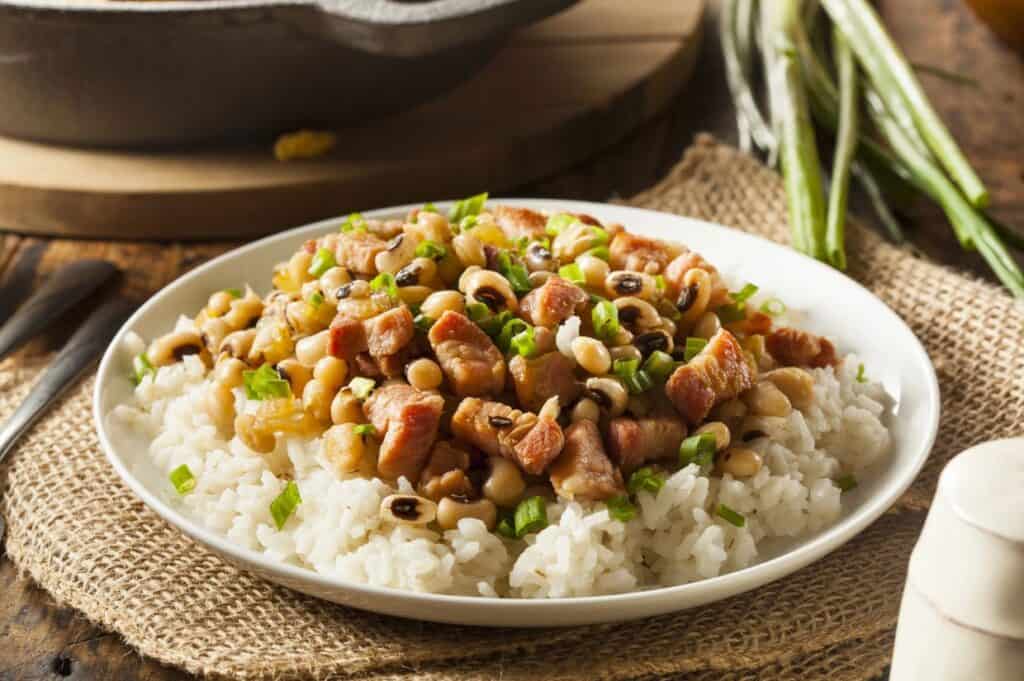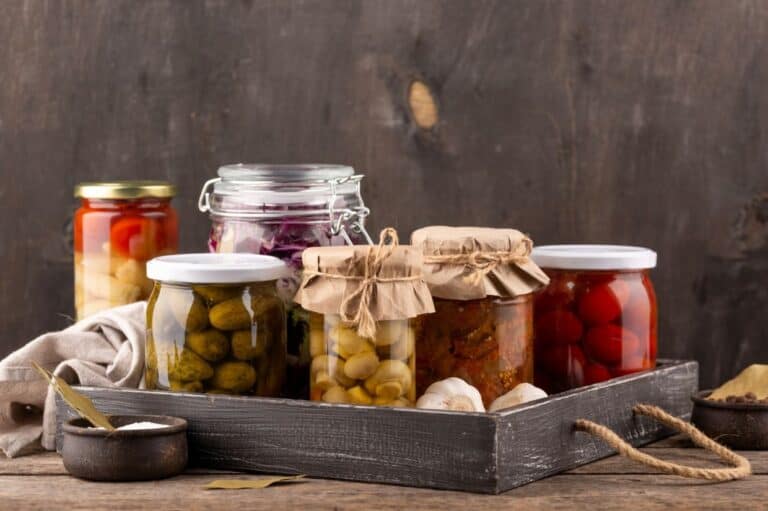If you’ve never heard of Carolina Gold rice, don’t worry, you’re not alone. Despite its crucial role in shaping the food culture of the American South, Carolina Gold was almost lost to history. But today, it’s making a well-deserved comeback, thanks to chefs, farmers and food historians who are reintroducing it to modern palates. Let’s dig into the story of Carolina Gold rice, its role in Southern cuisine and how it’s being reimagined in kitchens across the country.

What is Carolina Gold rice?
So, what makes Carolina Gold so special? Carolina Gold is a long-grain rice with a delicate, nutty flavor and a signature golden hue. Its grains are slightly chewy and fluffy when cooked, making it versatile in several dishes. But it’s not just the flavor or texture that gives this rice significance — it’s also its history.
Carolina Gold was first introduced to the American South in the late 1600s when settlers in South Carolina began cultivating rice in the Lowcountry. It quickly became a cash crop, transforming the region’s economy and shaping the culture. By the 1700s, rice was king in the Carolinas, and Carolina Gold was at the heart of it all.
A rich history rooted in agriculture and culture
Carolina Gold rice was the backbone of the Southern rice industry, particularly in South Carolina and Georgia. Its cultivation relied heavily on the knowledge and labor of enslaved Africans, who brought rice-growing techniques from West Africa. Their expertise was critical in developing the vast rice plantations that defined the Lowcountry landscape.
At its peak, the rice industry helped build some of the wealthiest economies in the South. But after the Civil War, things changed drastically. Rice production in the region declined due to the end of slavery, natural disasters and shifts in agricultural practices. By the early 20th century, Carolina Gold had nearly disappeared.
The revival of Carolina Gold
Fast forward to the 1980s, and Carolina Gold was all but forgotten. However, a group of dedicated historians and farmers began to search for ways to bring it back. They hunted down old seeds, studied historical farming techniques and, eventually, they succeeded in reviving this heirloom grain.

Today, Carolina Gold rice is enjoying a resurgence, with chefs and home cooks rediscovering its unique qualities. Small farms in the Lowcountry are cultivating Carolina Gold again and it’s being used to create dishes that honor the history of Southern food while pushing the boundaries of what rice can be.
Carolina Gold in modern Southern cuisine
In many ways, Carolina Gold remains a timeless favorite. Dishes like Hoppin’ John — a simple yet flavorful dish made with rice and peas — have long been a staple in Southern kitchens. But now, chefs are reimagining Carolina Gold to new heights.
One of the reasons chefs love working with Carolina Gold is its versatility. Its flavor varies depending on how it’s cooked. For example, when prepared using traditional Lowcountry methods like boiling or steaming, the rice has a light, fluffy texture that pairs well with seafood and rich stews. On the other hand, when cooked in a pilaf or used to make crispy rice cakes, its nutty undertones come forward, offering a more complex flavor profile.
In some restaurants, you’ll find Carolina Gold featured in everything from gourmet risottos to rice puddings, proving that this grain is anything but one-dimensional. Chefs are also exploring new ways to work with Carolina Gold’s texture, using it in dishes where rice might not typically shine.
Traditional dishes featuring Carolina Gold
Carolina Gold may be experiencing a modern revival but it’s still deeply tied to its traditional roots. Classic Southern dishes featuring this rice are returning, as chefs and food lovers seek to celebrate this grain’s history while giving it a fresh twist.
Take Hoppin’ John, for example. This iconic dish, made with black-eyed peas and Carolina Gold rice, symbolizes good luck and prosperity, traditionally eaten on New Year’s Day in the South. But today, you might find chefs adding unexpected ingredients like smoked pork belly or charred vegetables to give this old-school dish a modern update.

There’s also Chicken Bog, a lesser-known but much-loved dish from South Carolina. This one-pot meal, made with chicken, rice and sausage, is a comfort food staple cooked in Lowcountry kitchens for generations. Carolina Gold adds a layer of richness and history to this already-hearty dish, making it a must-try for anyone interested in Southern cooking.
Carolina Gold and the Gullah-Geechee connection
It’s impossible to talk about Carolina Gold without mentioning the Gullah-Geechee people. Descendants of enslaved Africans, the Gullah-Geechee community in the Lowcountry played a pivotal role in cultivating rice in the region. Their unique culture, language and food traditions continue to influence Southern cuisine, and Carolina Gold rice is central to many of their traditional dishes.
The Gullah-Geechee contribution to Southern foodways is huge. Dishes like red rice, a tomato-based rice dish, and okra stew are still made with Carolina Gold, linking the past to the present. The revival of this rice isn’t just about bringing back an old grain — it’s about honoring the people and cultures who made it possible.
How you can cook with Carolina Gold
If you’re intrigued by Carolina Gold and want to try it yourself, there are plenty of ways to bring it into your own kitchen. One of the easiest ways to experience its unique flavor is by making a simple rice pilaf. Start by toasting the rice in butter, then slowly simmer it in broth until it’s tender. The toasting process enhances the nuttiness of the rice, giving you a delicious side dish that can accompany anything from roast chicken to seafood.
Or, if you’re feeling adventurous, you could try recreating a traditional Southern recipe like Hoppin’ John or Chicken Bog. These dishes are straightforward but packed with flavor, making them a great way to showcase the history and versatility of Carolina Gold.
Final thoughts
Carolina Gold is more than just a type of rice — it’s a piece of Southern history that’s making a well-deserved comeback. Whether you’re interested in exploring the rich culinary traditions of the South or just looking for a new ingredient to spice up your meals, Carolina Gold rice is worth a try. Its story is as complex as its flavor, and every grain tells a tale of resilience, creativity and cultural connection.
So, the next time you think about what to cook, consider reaching for a bag of Carolina Gold. Not only will you be adding a delicious ingredient to your pantry, but you’ll also be part of a larger movement to preserve and celebrate Southern food history.





